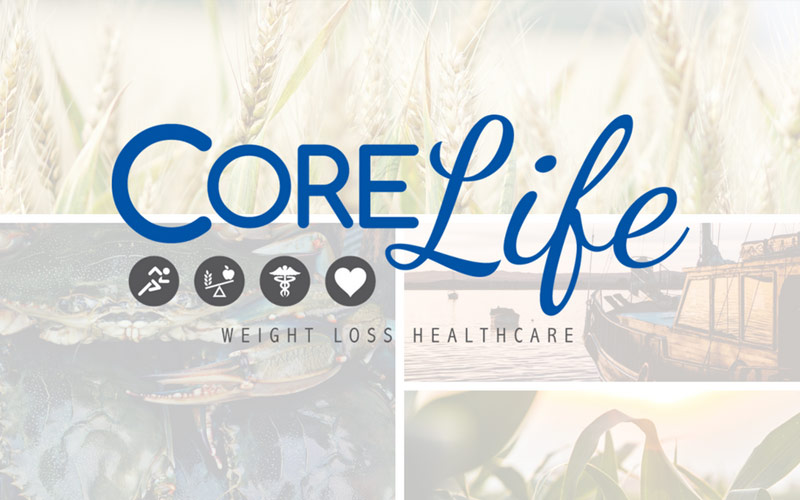Everyone knows that vegetables are good for you and that you should really eat a lot of them. Everyone also knows that doughnuts tend to just taste so much better. So, how do you get more veggies in your diet, how do you do what you know is good for your health, but perhaps against your taste-buds’ preferences? Here are five tips to increasing your vegetable consumption and your health.
- Texture Matters – for years, I thought I hated vegetables. Seriously. Salads were fine, but cooked vegetables? I barely touched them. Then, I started cooking for myself and discovered that what I had assumed was a dislike of all veggies, was instead a dislike of MUSHY vegetables. My mom? She prefers well-cooked, soft in texture veggies. Me? I like them tender-cooked, so they still have a bit of a crunch left to them. Upon realizing this, my relationship with veggies, particularly cooked ones, changed forever. Experiment with your veggies, figure out what texture you prefer. Do you like them soft and super cooked, or crunchy and just cooked? Baked? Steamed? Grilled? A texture change can be the difference between eating your veggies and avoiding them.
- Dynamite Dips – while advisable not too overdo the dressings and dips, using them wisely to compliment your veggies can boost your nutrition and veggie intake. Humus is a great option and comes in a myriad of flavors, offering great variety and newness each week or even every day. Plus, humus gives you a nice serving of beans, full of fiber and protein. Salsa is also a great option, as is guacamole. Try mixing a bit of cumin, garlic powder, and chives into plain yogurt for a fun dip option, too.
- Smoothies – I’ve spoken about the wonder of smoothies before, but their amazingness bears repeating. Smoothies can pack an incredible nutrition punch. When I make smoothies for my family in the morning, they typically have 4-5 servings of fruits and veggies…that’s an entire day’s worth in just one cup! Frozen butternut squash, spinach, sweet potato, romaine, and avocado are all fantastic options. The butternut squash and spinach will go virtually unnoticed, and the squash provides an amazing, velvety texture. Beets and zucchini are also awesome options.
- Pizza – yep, that’s right, PIZZA! Homemade is the best option, but a plain, fairly clean frozen pizza is also a good option. For homemade, you can add some pumpkin puree and spinach to the sauce, already increasing your veggie intake, and then pile it with various veggie-based toppings – peppers, olives, onions, broccoli, shaved asparagus, roasted squash, spinach, kale, mushrooms. Pizza with benefits.
- Salad – finally, salads are a great way to get a huge portion of veggies and still keep this interesting. It may seem like an obvious one, but don’t be afraid to really experiment and mix things up. Change the base – romaine, kale, arugula, butter lettuce, spinach, cabbage, bok choy, or maybe even a grain like wheat berries or quinoa, or lentils or beans. Try roasted veggies in place of raw. Add varied proteins – steak, chicken, shrimp, salmon, hard-boiled egg, nuts, seeds, baked chickpeas. Be inspired by different cuisines – Greek, Mexican, Indian, Thai. The options are really, truly endless.
I know it can be daunting to get in all the veggies you know you should, but it can be done and doesn’t even have to be unpleasant to do so! Focus your meal planning around veggies, incorporating them in everything from breakfast to a pre-bedtime snack (avocado pudding with fresh spinach; smoothies; green juice!). Before you know it, veggies will be a regular, go-to part of your diet and your health will reap the benefits.
Aubrey Phelps MS RDN LDN
